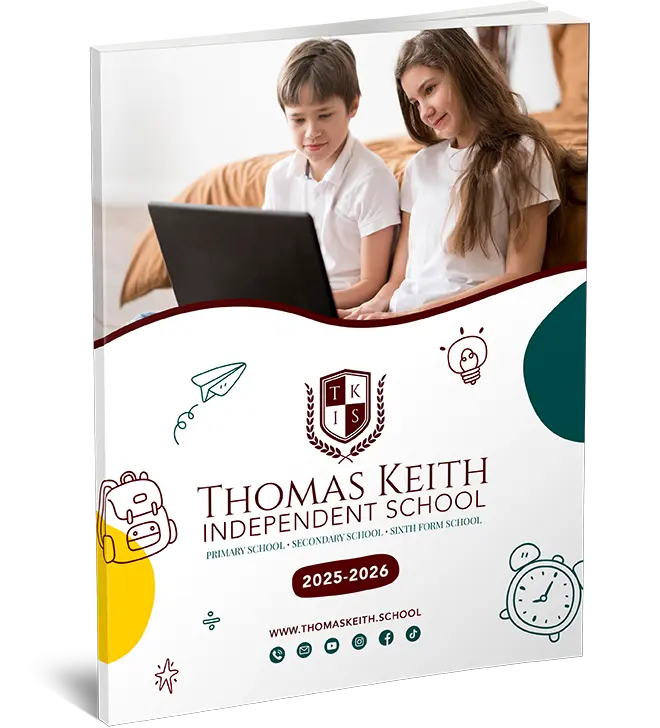Inclusion: providing effective learning opportunities for all pupils
Inclusivity: Offering All Pupils Effective Learning Opportunities
Schools bear the responsibility of delivering a comprehensive and balanced educational program for all their students. The foundation for planning a school’s curriculum to cater to the unique needs of every student and various groups is provided by the National Curriculum. This official inclusivity declaration emphasizes how educators can adapt the National Curriculum syllabi to present each student with pertinent and sufficiently challenging tasks at every key stage. This statement elucidates three fundamental principles required to cultivate a more inclusive curriculum:
A. Creating appropriate learning challenges
B. Addressing the varied learning needs of students
C. Addressing potential hindrances to learning and assessment for individual students or groups.
Implementing these principles should reduce the need to disapply certain parts of the National Curriculum for specific students. Schools have the liberty to provide additional curricular activities outside the National Curriculum to cater to the distinct needs of certain students, such as those needing speech therapy or mobility training.
Three Pillars of Inclusion
In the design and execution of the National Curriculum, teachers should regard the following principles:
A. Creating appropriate learning challenges
The aspiration of educators should be to enable every student to relish success in their learning pursuits and to achieve their highest potential. While the National Curriculum establishes what the majority of students should be taught at each key stage, teachers should tailor their methods of instruction to align with their students’ capabilities. This might entail selecting concepts from preceding or subsequent key stages to ensure individualized progression. If students largely rely on content from an earlier key stage, there might not be ample time to cover all aspects of the programs of study tailored for their age group. Likewise, flexibility will be essential to bridge any learning gaps arising from disruptions in education.
Students who significantly underperform the anticipated levels at a specific key stage will demand far more tailored approaches. For these students, the content of the programs may serve as resources to shape learning that matches their age and needs. For students whose achievements notably surpass the expected standards, educators will need to craft particularly challenging tasks. This could involve using materials from advanced stages or deepening the study within individual subjects.
B. Addressing the varied learning needs of students
When designing their lessons, educators should harbor high expectations and create avenues for every student to thrive. This includes considering various factors like gender, special educational needs, disabilities, socio-cultural backgrounds, and linguistic differences. Teachers must acknowledge that students come from diverse backgrounds and experiences, which can influence their learning. Therefore, lesson plans should be comprehensive and effective to accommodate all students.
This section includes specific strategies and examples to create effective learning environments, motivate students, provide equal opportunities, adapt assessment methods, and set clear learning targets.
C. Addressing potential obstacles to learning and assessment
Some students may have distinct learning and assessment needs that extend beyond the regular provisions. These needs could arise from special educational needs, disabilities, or the challenges of learning English as a new language. Teachers should adjust their strategies and provide necessary support, ensuring that these students can fully participate in the curriculum and assessments.
This section highlights specific strategies and examples for supporting students with special educational needs, disabilities, and those learning English as an additional language, to ensure they have full access to learning opportunities.
In essence, inclusivity in education is about recognizing and addressing the unique needs of every student, ensuring that all have equal opportunities to succeed. By adhering to the principles and strategies laid out in this document, schools can create a more inclusive and supportive learning environment for all.




